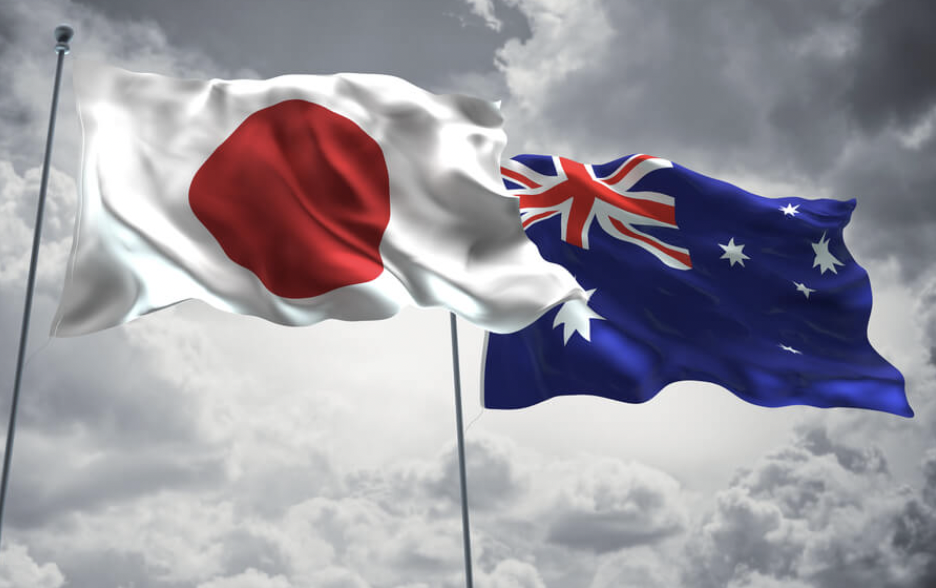
Alina Haynes
Feb 21, 2023 15:18

In the early hours of Tuesday morning, GBP/USD retests intraday lows at 1.2020 as traders celebrate the return of Western traders after a lengthy weekend owing to American holidays. In addition to the return of the entire market, the traders of the Cable pair express concern over the Brexit deal negotiations and worries regarding the trust of small industries.
Late on Monday, the UK Times claimed that British Ministers are willing to resign over (Prime Minister) Rishi Sunak's Brexit proposal if it undermines Northern Ireland's position inside the United Kingdom. The Times said that "the hostility of euroskeptic Tory lawmakers to the accord is rising."
In another article, The Times quotes a Barclay's industrial poll to show that small business owners are becoming more hopeful about the future. The same adds to evidence that the United Kingdom's economic outlook may not be as grim as feared and stated in the press.
Concerns of a monetary policy divergence between the Federal Reserve and the Bank of England (BoE) appear to be weighing on the GBP/USD exchange rate, as seen by the week's mixed British results and the robust American data.
Notwithstanding this, yields on 10-year U.S. Treasury notes are near their highest levels since early November 2022, with bids hanging around 3.86 percent.
Meanwhile, geopolitical concerns emanating from China and Russia appear to enhance the safe-haven demand for the US Dollar and weigh on the GBP/USD exchange rate.
The initial figures of the S&P Global PMIs for February will be crucial for GBP/USD traders. To stabilize prices, however, favorable news from the United Kingdom is essential, since recent US Treasury bond yield movements have favored the US Dollar ahead of the most critical US PMIs.


Feb 21, 2023 15:20